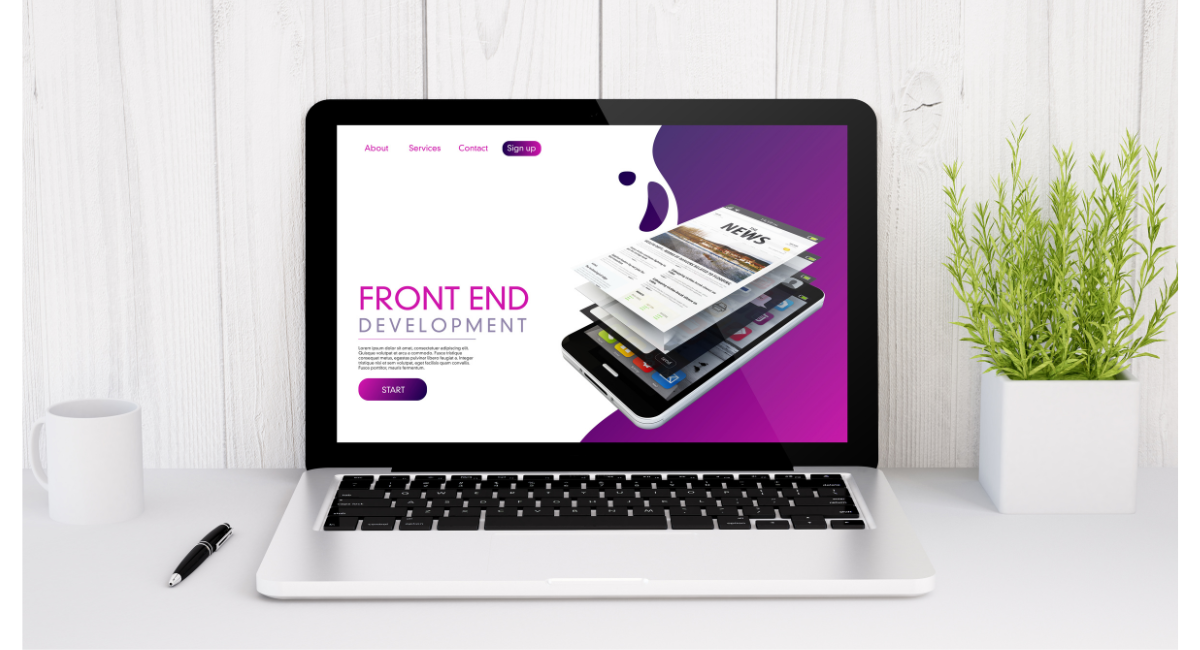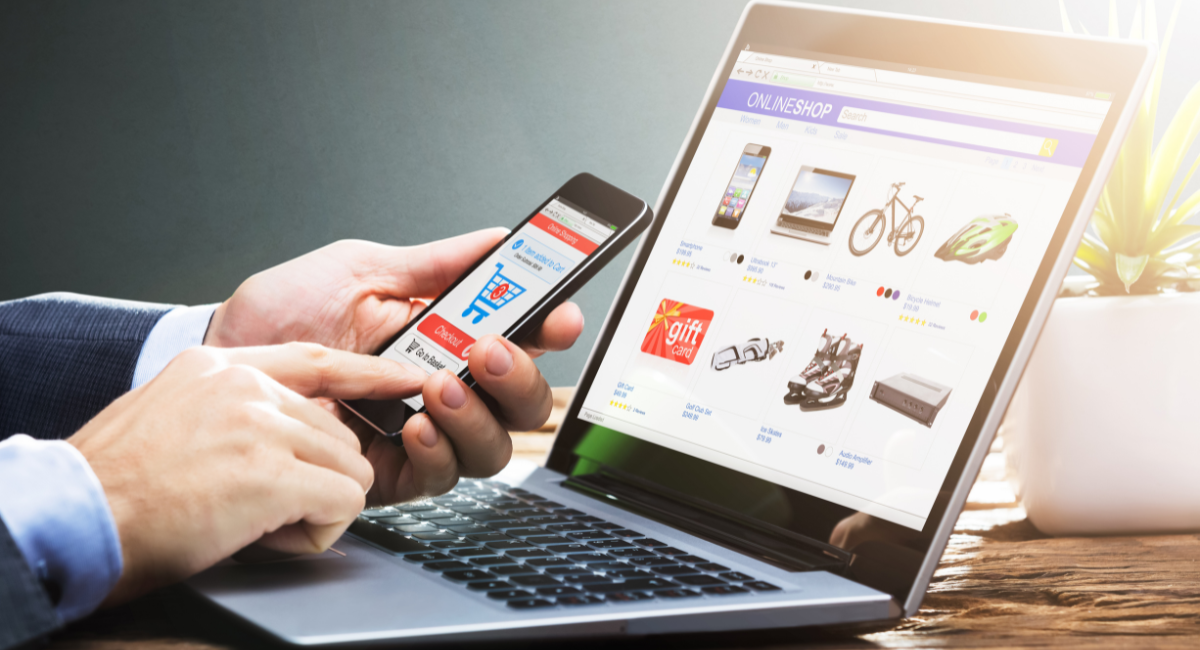In today’s competitive e-commerce landscape, having a Shopify drop-shipping store is an exciting opportunity to grow a business with minimal inventory risk. However, usually setting up a Shopify store is not enough to guarantee success. The design of your store plays a main role in attracting customers, keeping them engaged, and encouraging them to complete purchases. Simple design hacks can make a significant difference in conversion rates, customer experience, and overall store performance.
In this blog, we will walk you through easy yet impactful design changes you can implement to optimize your Shopify drop-shipping store and drive sales.
Why Design Matters for Shopify Drop-shipping?
In the world of online shopping, customers make judgments about your brand within seconds of landing on your store. A well-designed store can build trust, create a smooth shopping experience, and guide users toward making a purchase. On the other hand, a poorly designed store can turn potential customers away, resulting in high bounce rates and lost sales.
Key reasons why design matters:
- First Impressions: A clean, professional design helps to establish credibility from the first visit.
- User Experience (UX): Well-structured navigation, easy-to-find products, and a seamless checkout process all contribute to a better shopping experience.
- Mobile Responsiveness: With more users shopping on their phones, having a mobile-friendly design is crucial for capturing sales.
Now that we understand the importance of design, let’s dive into some actionable design tweaks you can make to improve your Shopify drop-shipping store.
1. Optimize Your Homepage for Engagement
Your homepage is the first thing customers see when they visit your store. It needs to grab their attention while showcasing your brand, products, and value proposition.
Key tips to optimize your homepage:
- Clean, Simple Layout: Keep your design uncluttered, with a clear focus on your key products or offers. Use white space effectively to let your content breathe and guide users to important sections.
- High-Quality Images: Invest in high-resolution images that highlight your top products or collections. Clear product images help customers get a better sense of what you’re selling and increase their confidence in your store.
- Compelling Headline and Subheading: Your headline should convey the essence of your brand or key products in a few words. Follow this with a subheading that explains your unique selling proposition (USP) – what makes your store different.
- Call-to-Action (CTA): Make sure to include a prominent CTA button, such as “Shop Now” or “Browse Collection,” to direct visitors toward shopping.

For example, if you sell eco-friendly products, your headline could be: “Eco-Friendly, Sustainable Products Delivered to Your Doorstep,” followed by a CTA like “Shop Our Eco Collection.”
2. Improve Product Pages for Conversions
Product pages are where your customers make their purchasing decisions, so they need to be optimized for conversions. A well-designed product page can turn a hesitant visitor into a buyer.
Key elements to improve on your product pages:
- Detailed Product Descriptions: Provide concise but informative descriptions that focus on the benefits of the product, not just the features. Answer questions like “Why should I buy this?” or “How does this product solve my problem?”
- High-Quality Product Images: Use multiple images for each product, including close-ups, different angles, and lifestyle shots. Customers want to get a clear sense of what they’re buying.
- Customer Reviews: Social proof is a powerful tool for increasing conversions. Incorporate customer reviews and ratings directly on the product page to build trust.
- Clear Pricing and Availability: Ensure that your pricing is displayed and accurate. If the product is low in stock or on sale, use urgency (e.g., “Only 5 left in stock!”) to motivate buyers to act quickly.
- Add to Cart Button: Your “Add to Cart” button should be prominent and in a contrasting colour so it stands out. Avoid making users scroll too much to find the button.
By optimizing your product pages, you can address the common questions or concerns customers might have, leading to fewer abandoned carts and more completed purchases.
3. Simplify Navigation for a Better User Experience
Easy-to-use navigation is critical for Shopify drop-shipping stores, especially if you offer a wide variety of products. Your store’s navigation should help users find what they’re looking for quickly and without confusion.
Best practices for navigation:
- Categorize Products Logically: Organize products into intuitive categories. For instance, if you sell clothing, you might have categories like “Men’s Clothing,” “Women’s Clothing,” “Accessories,” etc.
- Search Functionality: Include a search bar at the top of your site, especially if you have a large inventory. Customers should be able to quickly search for products by keyword or product name.
- Breadcrumbs: Breadcrumb navigation helps users keep track of where they are on your site, allowing them to easily move between categories and products without getting lost.
- Limit Menu Options: Don’t overwhelm users with too many menu options. Stick to essential pages like Home, Shop, About Us, and Contact. For drop-shipping stores, having a “New Arrivals” or “Best Sellers” section in the menu is a good way to direct traffic to top-performing products.
Clear, intuitive navigation reduces frustration and increases the likelihood of visitors exploring more of your store.
4. Ensure Mobile Optimization
With over half of all e-commerce traffic coming from mobile devices, your Shopify store must be fully optimized for mobile users. Google’s mobile-first indexing also means that a mobile-friendly store can positively impact your search engine rankings.
Tips for mobile optimization:
- Responsive Design: Ensure that your Shopify theme is responsive, meaning it automatically adjusts to different screen sizes and devices.
- Faster Load Times: Mobile users expect fast loading times. Compress images, use lazy loading (where images load as users scroll), and minimize unnecessary scripts to improve speed.
- Simplify Navigation for Mobile: Use a “hamburger menu” (a three-line icon) to streamline navigation on mobile. Make sure buttons and links are large enough to tap easily.
- Sticky “Add to Cart” Button: Implement a sticky “Add to Cart” button that stays visible as users scroll through product pages. This reduces friction and makes it easier for customers to complete their purchases.

Having a mobile-optimized store can significantly increase your chances of converting mobile visitors into paying customers.
5. Optimize the Checkout Process to Reduce Abandoned Carts
One of the most frustrating things for an e-commerce business is abandoned carts. Often, users add items to their cart but leave before completing their purchase. The good news is that optimizing your checkout process can reduce this problem.
Here’s how to optimize your checkout process:
- Simplify the Checkout Steps: Minimize the number of steps it takes to complete a purchase. Ideally, your checkout process should be one page where users can review their items, enter shipping details, and make a payment.
- Guest Checkout Option: Don’t force customers to create an account before checking out. Offer a guest checkout option to streamline the process for first-time buyers.
- Multiple Payment Options: Offer a variety of payment methods, including credit/debit cards, PayPal, and other options like Google Pay or Apple Pay.
- Auto-Fill and Address Lookup: Enable autofill options, so customers can quickly enter their shipping and billing information. This helps reduce errors and speeds up the checkout process.
- Reassure with Security Icons: Display trust badges, such as SSL certificates, and security icons on the checkout page to assure customers that their payment information is secure.
By optimizing the checkout process, you can reduce the number of users who abandon their carts and increase your store’s conversion rate.
6. Use Pop-ups Wisely for Promotions and Email Signups
Pop-ups can be a great tool to encourage email signups or promote special offers, but they must be used carefully. If not properly designed, pop-ups can frustrate users and lead to high bounce rates.
Best practices for pop-ups:
- Exit-Intent Pop-ups: Display a pop-up only when a user is about to leave your site, offering them a discount or asking them to sign up for your email list.
- Limited-Time Offers: Use pop-ups to promote time-sensitive discounts, such as “Get 10% off your first order! Offer expires in 24 hours.”
- Avoid Intrusive Pop-ups: Ensure your pop-up doesn’t take over the entire screen or prevent users from interacting with your site. Keep it small, subtle, and easy to close.
When done right, pop-ups can help increase email subscribers, boost conversions, and enhance the overall user experience.
7. Add Trust Signals to Build Credibility
Trust is a key factor in e-commerce success. Visitors need to feel confident that your store is legitimate, secure, and reliable before they make a purchase.
Ways to build trust:
- Trust Badges: Display SSL certificates, secure payment icons, and other trust badges on your product and checkout pages.
- Customer Testimonials and Reviews: Add customer reviews and testimonials to your homepage or product pages to provide social proof.
- Clear Return Policies: Make your return and refund policies easily accessible, so customers know they can shop with confidence.
By showcasing these trust signals, you reassure potential customers that their information is safe and that they can expect a positive shopping experience.
Conclusion
Optimizing your Shopify drop-shipping store with these simple design tweaks.

